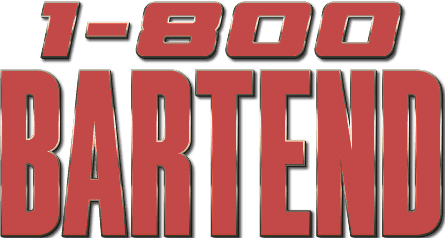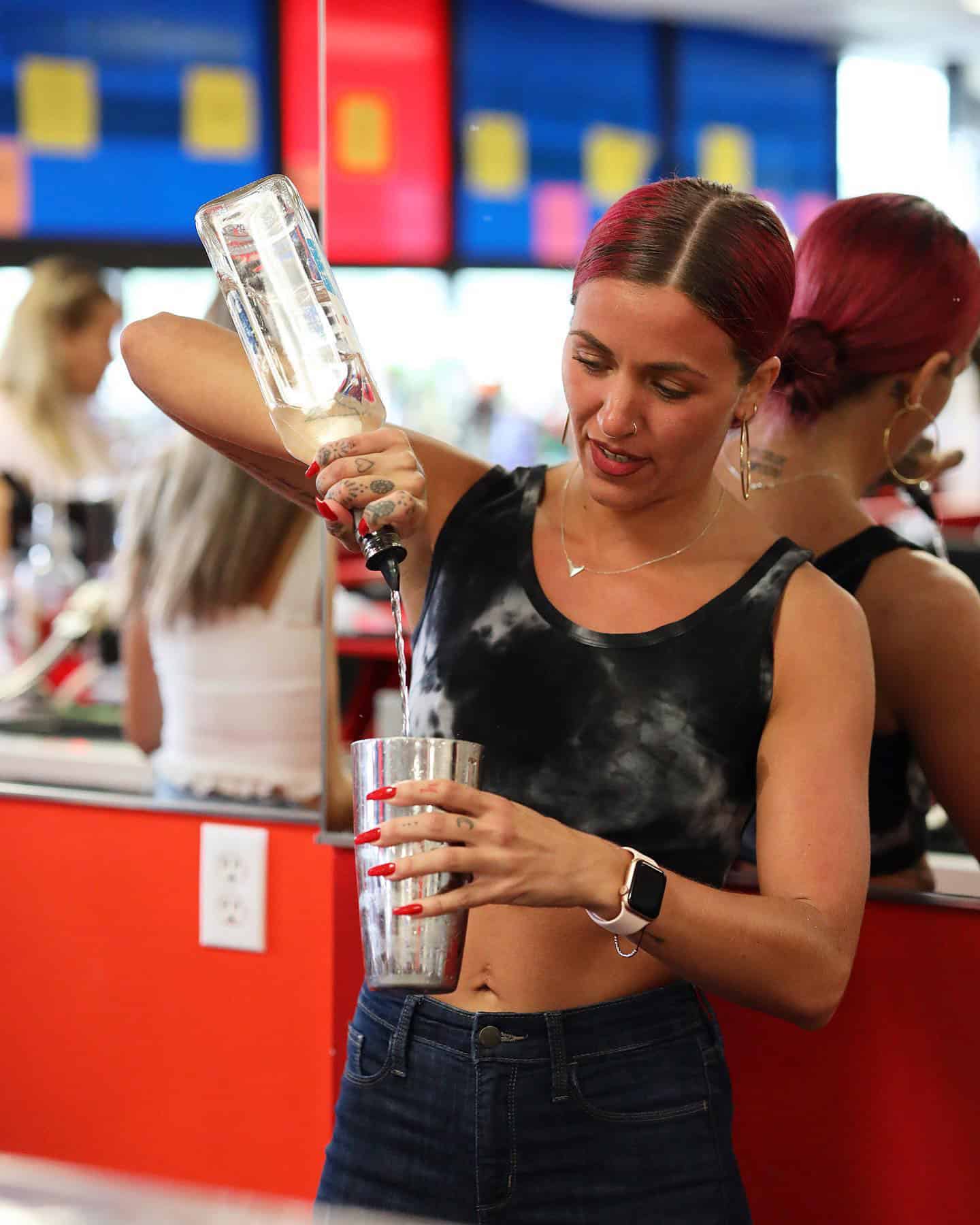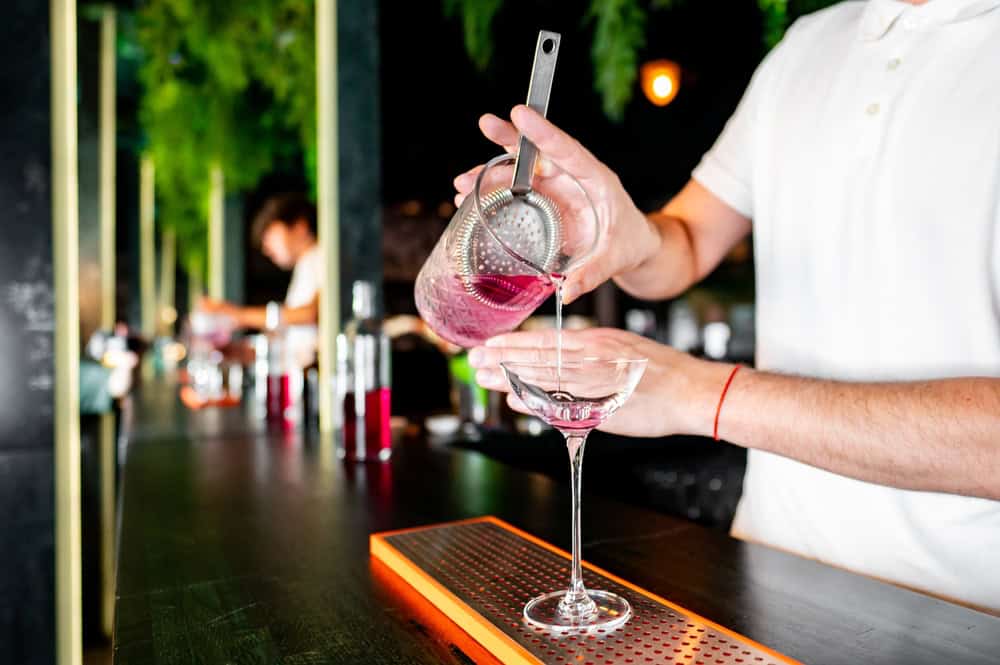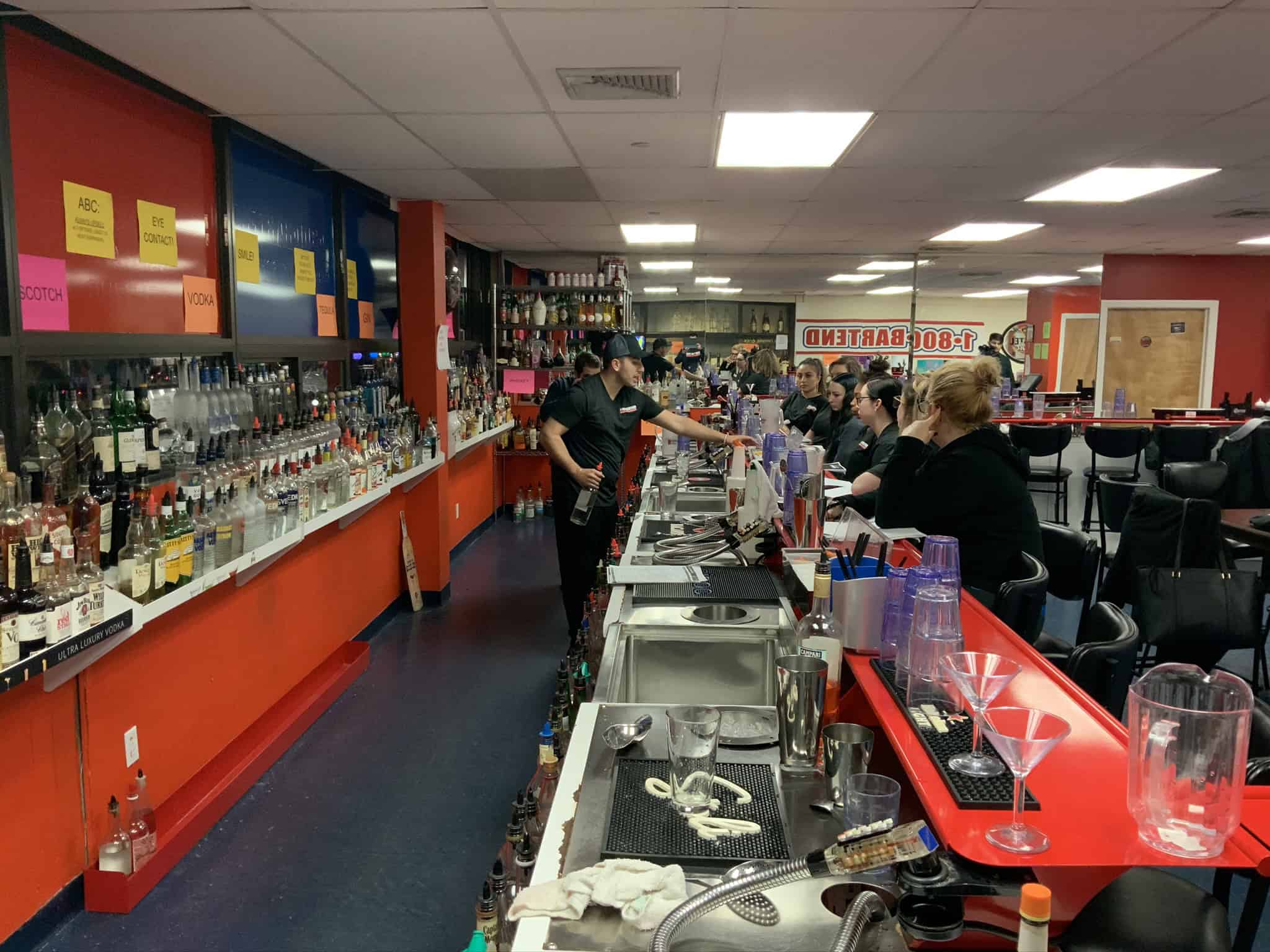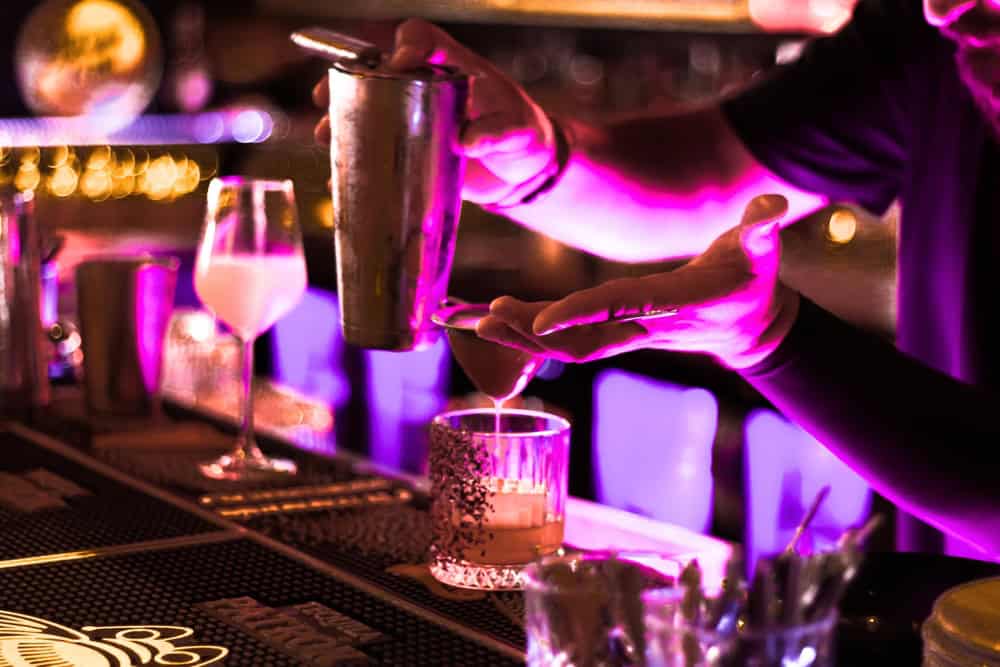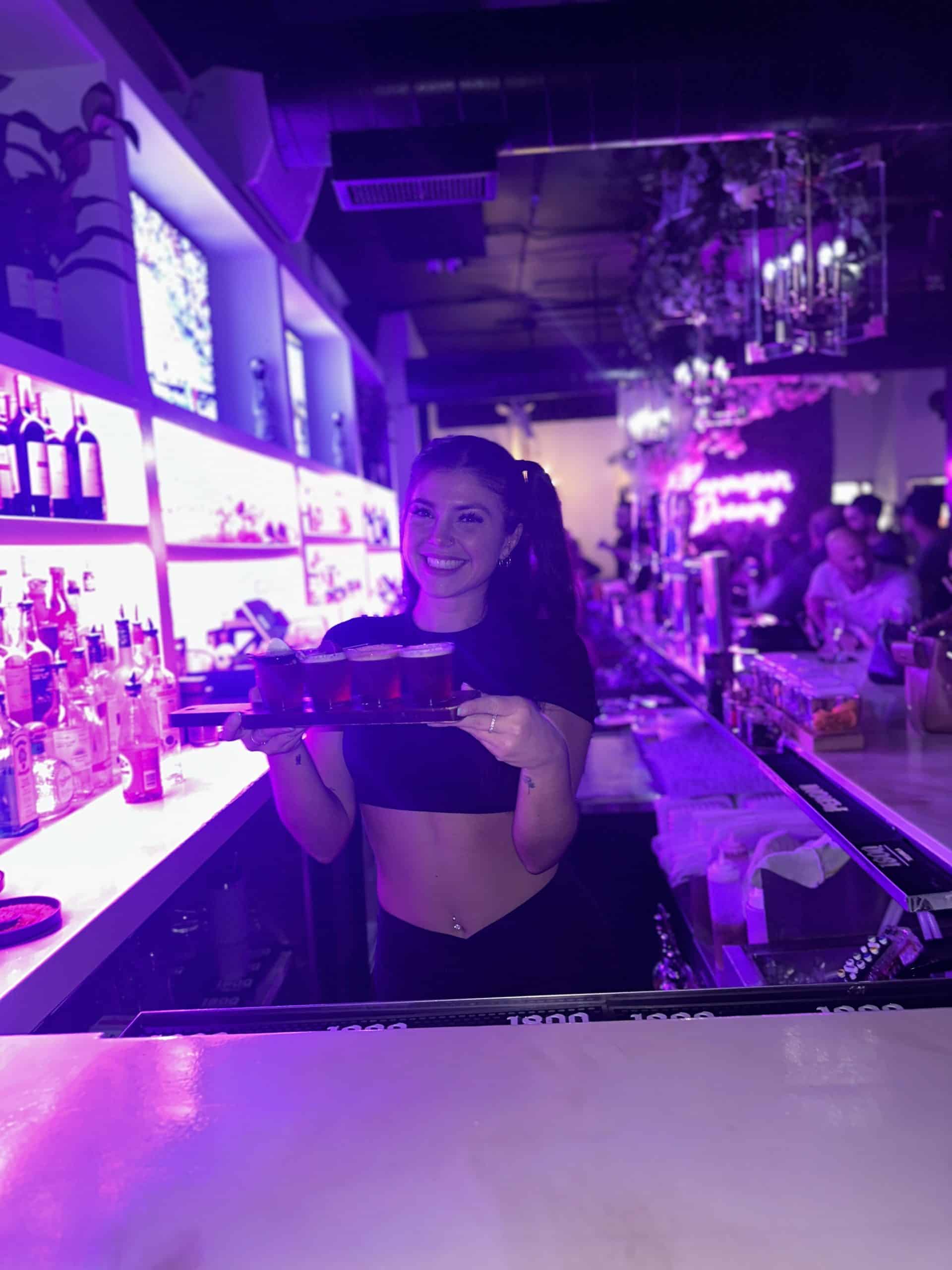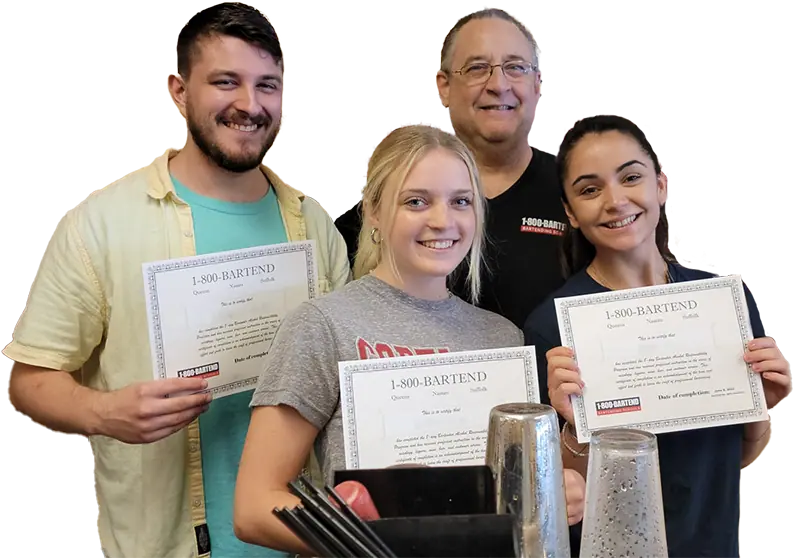Summary:
Your Key to a Profitable Bar: The Role of Inventory Management in Bartending
Poor inventory management can lead to significant financial losses for a bar, from spoiled ingredients costing hundreds each month to missed sales from out-of-stock popular items. Bartending classes on Long Island, such as those available through 1-800 Bartend, directly address this by integrating thorough inventory management into the learning process. You will learn practical methods for tracking every bottle and garnish, from intake to pour. This involves understanding PAR (Periodic Automatic Replenishment) levels, so you know precisely when and how much to reorder, preventing both wasteful overstocking and frustrating shortages that can turn customers away. By learning to conduct accurate stock counts, utilize inventory software, and analyze pour costs, you gain the ability to directly influence a bar’s bottom line. These skills mean you won’t just be a drink-maker; you’ll be a valuable asset capable of minimizing losses that can average 15-20% in establishments with lax controls, thereby contributing to a more profitable and smoothly run operation.
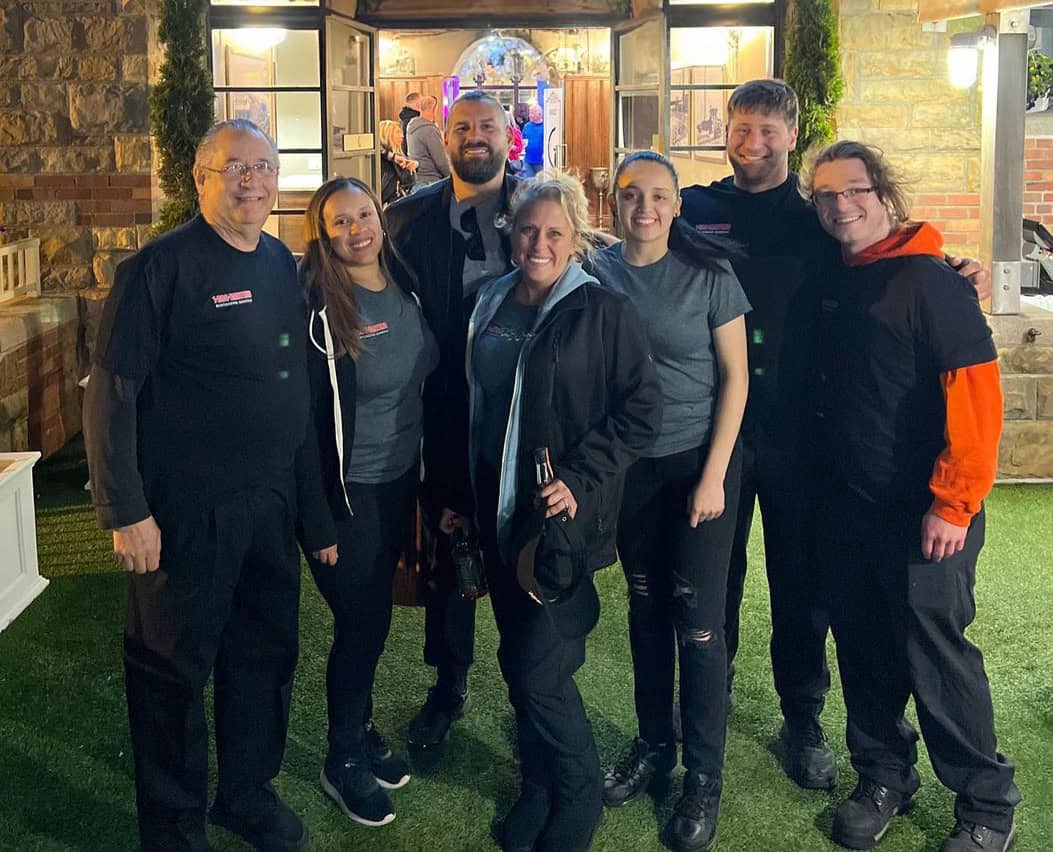
Setting the Stage for Speed: Why Bar Setup is Central to Your Bartender Training
Imagine a hectic Saturday night where every second counts; a disorganized bar station can quickly lead to slow service, incorrect orders, and stressed staff, ultimately costing the bar repeat business. Effective bartender training emphasizes the science of bar setup, teaching you how to arrange your station for maximum efficiency. You’ll learn the “mise en place” for bartenders – having everything in its right place. This includes the strategic positioning of your most-used liquors in the speed rack, organizing glassware for quick access, and ensuring your garnishes, ice well, and tools are within easy reach to shave precious seconds off each drink order. Efficient setup means you can handle more orders with less stress, directly improving customer satisfaction and your earning potential through quicker turnover and more tips.
Beyond the Basics: How Mixology School Techniques Fit In
While inventory and setup are foundational, a true mixology school experience, like the one offered at a bar academy such as 1-800 Bartend, also allows you to explore the creative aspects of drink-making. This isn’t separate from efficiency; it builds upon it. Once you have a well-managed inventory and an ergonomic bar setup, you have the mental and physical space to experiment with unique flavor combinations, advanced pouring techniques, and artistic presentation. You’ll learn how to balance spirits, liqueurs, bitters, and fresh ingredients to craft signature cocktails, moving beyond standard recipes. This advanced training, coupled with solid operational skills, makes you a more versatile and valuable bartender.
What You'll Cover: Inside a Professional Bartending Course Curriculum
A professional bartending course offers a pathway that extends far beyond just learning drink recipes. It provides you with a well-rounded education designed for a career, not just a job. A key component you will study is liquor license training, which means you’ll understand the local laws and regulations on Long Island governing alcohol sales and service. This knowledge is indispensable for keeping both yourself and the establishment compliant, avoiding fines that can run into thousands of dollars, or even license suspension. Furthermore, you will receive in-depth instruction on responsible alcohol service. This involves learning to recognize signs of intoxication, understanding how to politely refuse service when necessary, and knowing strategies to prevent over-consumption, contributing to a safer environment for everyone. For those with ambitions beyond tending the bar, many programs include elements of bar management courses, giving you insights into the broader operational aspects such as cost control, customer relations, and potentially staff coordination.
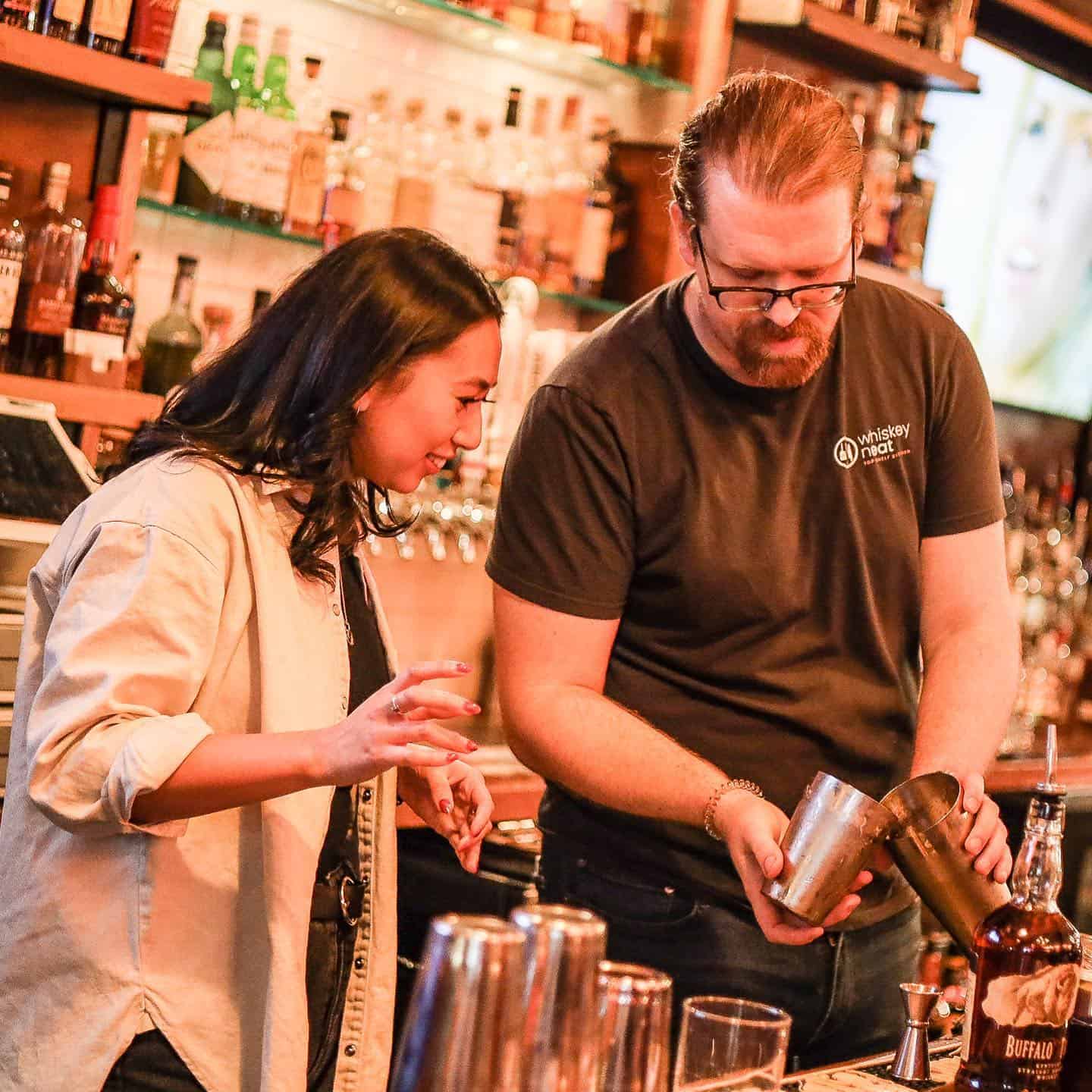
Validating Your Skills: The Importance of Bartender Certification
How do you show potential employers on Long Island’s active hospitality market that you possess the necessary skills and knowledge? Achieving bartender certification acts as a clear signal of your capabilities. Programs like those at 1-800 Bartend offer certification upon successful completion, validating that you have mastered essential competencies, including precise inventory management, efficient bar setup, and the principles of responsible alcohol service. This certification can open doors, helping your resume stand out and giving you an advantage when applying for positions. It shows you’ve invested in your professional development and are prepared to meet industry standards from day one. You will learn how to use specific inventory tools like jiggers accurately for pour cost control, and FIFO (First-In, First-Out) systems for perishables, ensuring freshness and reducing spoilage which can account for 5-10% of food costs if mismanaged.
Your Path to a Bartending Career: How Classes Prepare You
The aim of comprehensive bartending classes is to fully prepare you with the practical abilities and confidence needed for a dynamic career. When you learn to bartend in a supportive, hands-on environment, you’re not just memorizing facts; you’re building muscle memory and problem-solving skills. You’ll practice setting up a complete bar station, from placing speed pourers on bottles to organizing your garnishes and checking CO2 tanks for draft systems. You’ll run through simulated busy periods, honing your ability to manage multiple orders while maintaining accuracy and providing good customer interaction. This practical application means you are ready to step behind a real bar on Long Island, whether it’s a high-volume nightclub, a sophisticated cocktail lounge, or a friendly neighborhood pub, with a genuine readiness to perform.
The Real Value: Investing in Your Bartending Future
High-quality bartending classes on Long Island, like those available through 1-800 Bartend, offer you much more than just drink recipes. You gain a solid foundation in critical operational skills like detailed inventory management and systematic bar setup. You’ll also understand the responsibilities that come with liquor license training and responsible alcohol service. These elements, often part of a broader professional bartending course or bar academy curriculum, are what transform you from an aspiring mixer of drinks into a capable industry professional. If you are serious about building a fulfilling career where you can confidently manage a bar and delight patrons, the first step is acquiring this thorough education. Consider contacting 1-800 Bartend to learn how their programs can set you on the path to a vibrant and rewarding profession in bartending.
